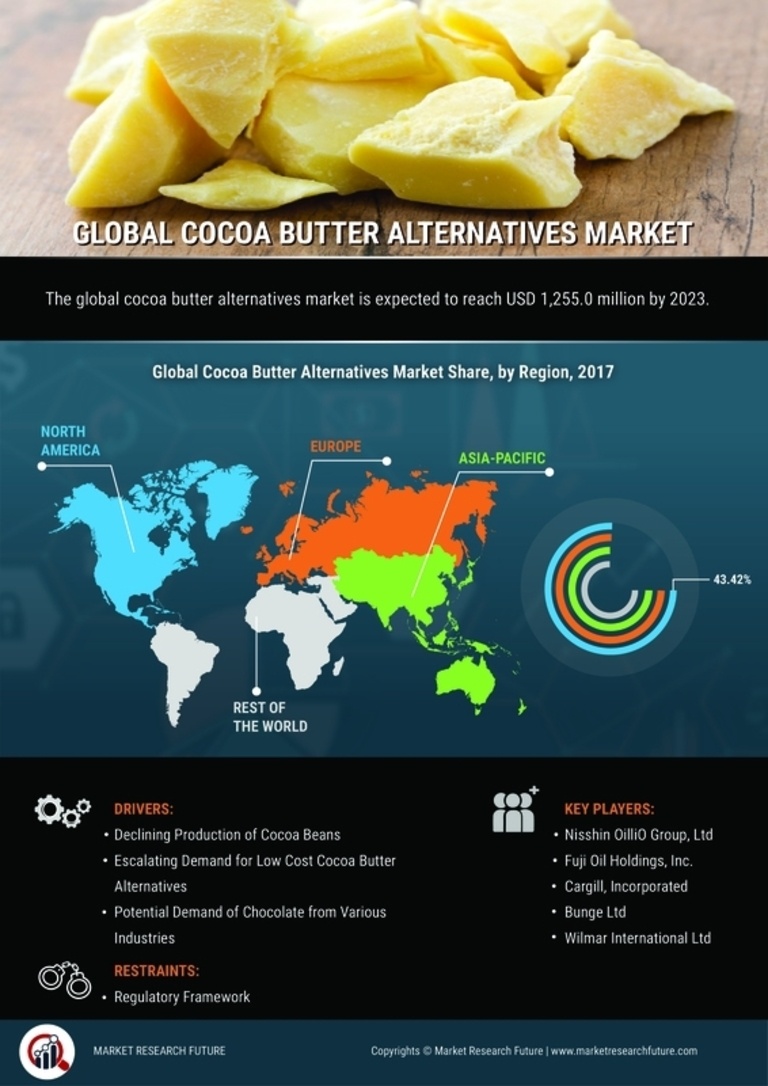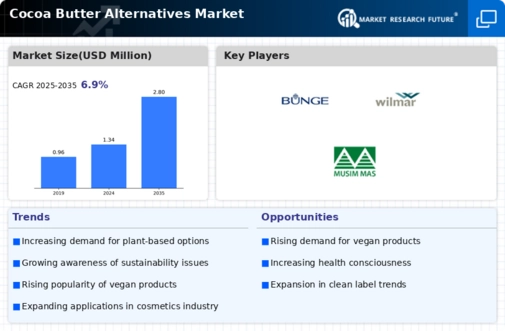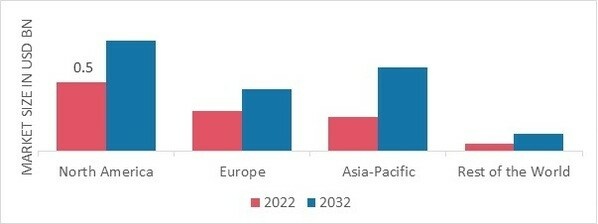Cocoa Butter Alternatives Market Summary
As per Market Research Future Analysis, the Global Cocoa Butter Alternatives Market was valued at USD 1.34 Billion in 2024 and is projected to grow from USD 1.44 Billion in 2025 to USD 2.62 Billion by 2034, with a CAGR of 6.9% during the forecast period. Key drivers include rising disposable income in emerging economies and increasing chocolate consumption. The market is characterized by a growing demand for cocoa butter substitutes due to cocoa scarcity, with significant applications in the bakery, confectionery, and cosmetics industries. The cocoa butter equivalents segment leads the market, driven by their cost-effectiveness and ability to maintain chocolate quality. North America is expected to dominate the market, followed by Europe and Asia-Pacific, with the latter region anticipated to grow at the fastest rate.
Key Market Trends & Highlights
The cocoa butter alternatives market is witnessing significant growth driven by various factors.
- Market Size in 2024: USD 1.34 Billion; projected to reach USD 2.62 Billion by 2034.
- CAGR of 6.9% during the forecast period (2025 - 2034).
- North America holds the largest market share, driven by food and beverage industries.
- Asia-Pacific expected to grow at the fastest CAGR from 2023 to 2032.
Market Size & Forecast
| 2024 Market Size | USD 1.34 Billion |
| 2025 Market Size | USD 1.44 Billion |
| 2034 Market Size | USD 2.62 Billion |
| CAGR | 6.9% |
Major Players
Key companies include Nisshin OilliO Group, Ltd. (Japan), Fuji Oil Holdings, Inc. (Japan), Cargill, Incorporated (US), Bunge Ltd. (US), Wilmar International Ltd. (Singapore), AAK AB (Sweden), and others.





